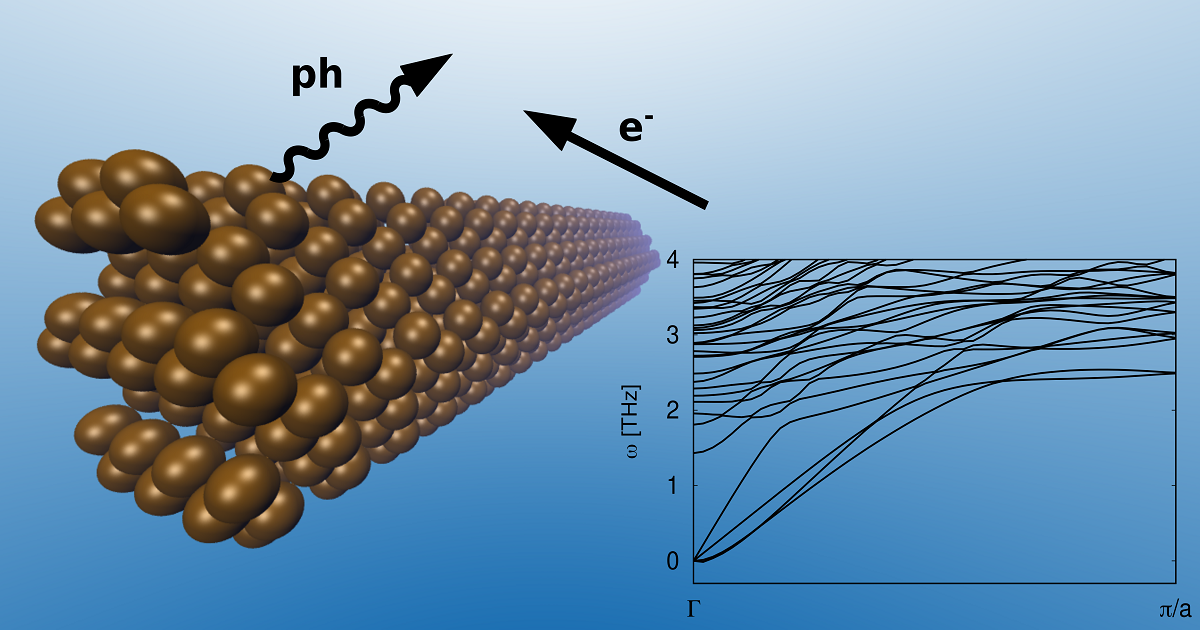Nanostructured Thermoelectric Materials
A special issue of Crystals (ISSN 2073-4352). This special issue belongs to the section "Materials for Energy Applications".
Deadline for manuscript submissions: closed (15 March 2023) | Viewed by 16017

Special Issue Editor
Interests: condensed matter; thermoelectric materials; atomistic simulations; surface science; phonon transport
Special Issues, Collections and Topics in MDPI journals
Special Issue Information
Dear Colleagues,
Thermoelectric materials have recently attracted increased interest, in particular for their potential application in alternative energy production. Thermoelectric efficiency is related to the dimensionless figure of merit, which depends on the Seebeck coefficient, electrical and thermal conductivity, and temperature. One strategy that has been widely applied to maximize the figure of merit is related to reduction in thermal conductivity. This can be achieved, for example, through a reduction in the dimension of the material, as has been shown for nanowires, nanoparticles, superlattices, thin films, and porous materials. A detailed description of thermal and electrical transport on the nanoscale, however, is not trivial from a theoretical or experimental point of view, since macroscopic descriptions of transport phenomena are often not valid on the nanoscale. Since both thermal and electrical transport play a crucial role in thermoelectric materials, it is of particular interest to carefully describe the interaction of the two types of carriers, namely electrons, or charge carriers, and phonons.
This Special Issue aims to attract theoretical and experimental studies that can lead to a better understanding of different scattering mechanisms affecting electrons and phonons, especially the interactions of the two, focusing on effects in nanostructured materials.
Researchers are invited to contribute with studies that give a detailed insight into electronic and thermal transport in nanostructured condensed matter that can ultimately lead to an optimization of the thermoelectric figure of merit.
Dr. Konstanze R. Hahn
Guest Editor
Manuscript Submission Information
Manuscripts should be submitted online at www.mdpi.com by registering and logging in to this website. Once you are registered, click here to go to the submission form. Manuscripts can be submitted until the deadline. All submissions that pass pre-check are peer-reviewed. Accepted papers will be published continuously in the journal (as soon as accepted) and will be listed together on the special issue website. Research articles, review articles as well as short communications are invited. For planned papers, a title and short abstract (about 100 words) can be sent to the Editorial Office for announcement on this website.
Submitted manuscripts should not have been published previously, nor be under consideration for publication elsewhere (except conference proceedings papers). All manuscripts are thoroughly refereed through a single-blind peer-review process. A guide for authors and other relevant information for submission of manuscripts is available on the Instructions for Authors page. Crystals is an international peer-reviewed open access monthly journal published by MDPI.
Please visit the Instructions for Authors page before submitting a manuscript. The Article Processing Charge (APC) for publication in this open access journal is 2100 CHF (Swiss Francs). Submitted papers should be well formatted and use good English. Authors may use MDPI's English editing service prior to publication or during author revisions.
Keywords
- thermoelectric properties
- phonon–electron interactions
- nanostructured materials
- thermal transport
- electron transport
Benefits of Publishing in a Special Issue
- Ease of navigation: Grouping papers by topic helps scholars navigate broad scope journals more efficiently.
- Greater discoverability: Special Issues support the reach and impact of scientific research. Articles in Special Issues are more discoverable and cited more frequently.
- Expansion of research network: Special Issues facilitate connections among authors, fostering scientific collaborations.
- External promotion: Articles in Special Issues are often promoted through the journal's social media, increasing their visibility.
- e-Book format: Special Issues with more than 10 articles can be published as dedicated e-books, ensuring wide and rapid dissemination.
Further information on MDPI's Special Issue polices can be found here.





